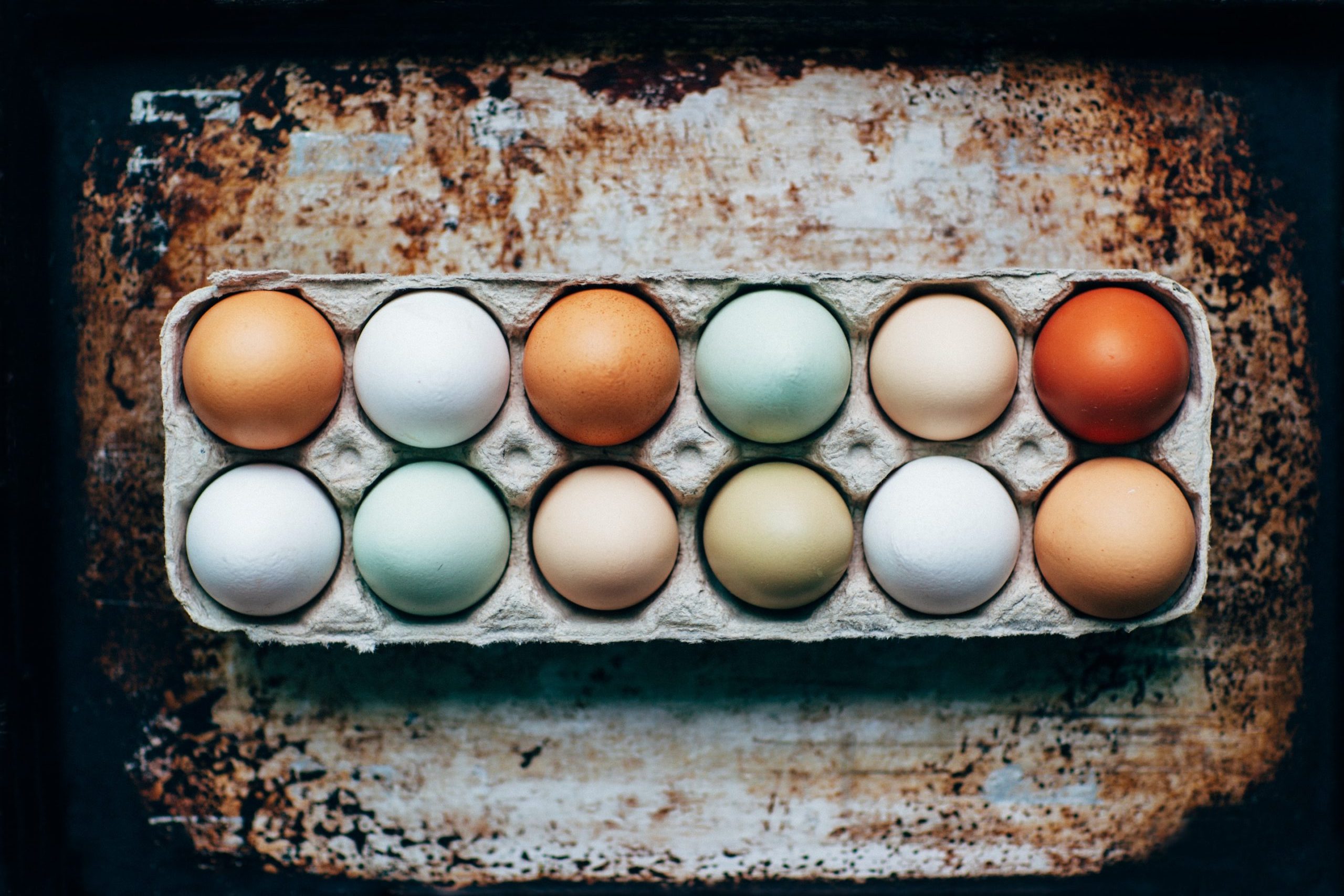Eggs are incredible little wonders of nature. They’re packed with essential nutrients, versatile in the kitchen, and oh-so-delicious. Whether you’re a seasoned chef or a kitchen newbie, mastering the art of boiling eggs is a skill that can add a touch of simplicity and elegance to your meals. So, let’s embark on an egg-citing journey and learn how to hard and soft boil eggs to perfection!
Hard-Boiled Eggs: A Hearty Delight
Hard-boiled eggs are the perfect snack, a great addition to salads, and a key ingredient in various recipes. Achieving the ideal hard-boiled egg requires a simple but precise technique:
- Choose Fresh Eggs: Always start with fresh eggs. The fresher the egg, the easier it is to peel.
- Prepare Your Eggs: Place the eggs in a single layer in a saucepan. Add enough water to cover them by about an inch.
- Heat and Boil: Bring the water to a gentle boil over medium-high heat. Once it starts boiling, reduce the heat slightly to maintain a simmer.
- Timer Set: Depending on your preference, let the eggs simmer for 9 to 12 minutes. For a yolk that’s completely set but still slightly creamy, go for 9 minutes. If you prefer a fully cooked yolk, leave them for 12 minutes.
- Ice Bath: After the desired time, immediately transfer the eggs to an ice water bath. This will stop the cooking process and help you achieve perfectly tender whites.
- Peel with Care: Once the eggs have cooled down, gently tap them on a hard surface to crack the shell, then roll them between your palms to loosen the shell. The ice bath should make peeling a breeze.
Voilà! Your hard-boiled eggs are ready to be enjoyed. You can sprinkle a little salt and pepper on them or turn them into delectable deviled eggs.
Soft-Boiled Eggs: A Runny Delicacy
Soft-boiled eggs are a delightful treat, with their gooey, runny yolk. They can be savored on their own or used to add a rich and creamy touch to various dishes. Here’s how you can achieve the perfect soft-boiled egg:
- Freshness Matters: As with hard-boiled eggs, fresh eggs are essential for a better outcome.
- Gentle Start: Place the eggs in a saucepan and cover them with water, just like you would for hard-boiled eggs.
- Bring to a Boil: Over medium-high heat, bring the water to a rolling boil. Be patient; it won’t take long.
- Timer On: Once the water reaches a rolling boil, set a timer for 4 to 6 minutes, depending on how runny you like your yolk. Four minutes will give you a very runny yolk, while six minutes will give you a slightly thicker, but still soft, consistency.
- Ice Bath Intervention: As soon as the timer goes off, transfer the eggs to an ice water bath. This halts the cooking process and ensures the yolk remains delightfully creamy.
- Gentle Peeling: Once cooled, carefully peel the eggs. The soft-boiled eggs will be a bit more delicate, so handle them with care.
Slice open your soft-boiled eggs and let the golden yolk ooze out, ready to be mopped up with a piece of toast or drizzled over a salad.
Tips and Tricks for Egg-straordinary Results:
- Use eggs that are a few days old for easier peeling. Very fresh eggs tend to cling to their shells.
- For consistency, it’s best to use eggs at room temperature before boiling. If they’re refrigerated, let them sit out for a little while before cooking.
- Consider using a pin to gently pierce the larger end of the egg before boiling. This helps prevent cracking and makes peeling easier.
- If you have an egg timer, use it. It takes the guesswork out of achieving the perfect boil.
- Experiment with different cooking times to find your ideal yolk consistency.
With these simple techniques, you’re now equipped to boil eggs like a pro. Whether you prefer the heartiness of a hard-boiled egg or the lusciousness of a soft-boiled one, these culinary delights will surely bring joy to your taste buds. Get cracking and enjoy your delicious egg creations!

Leave a Reply